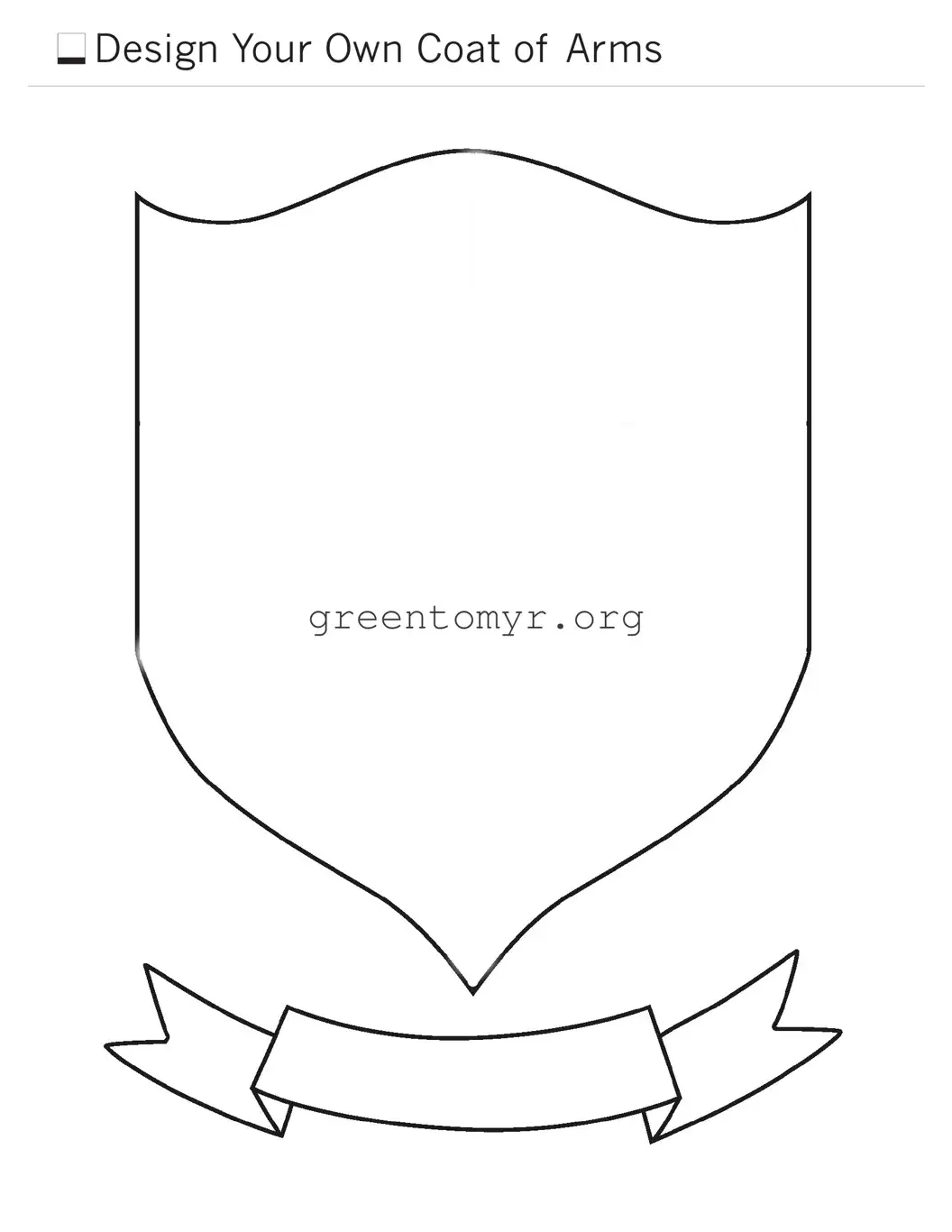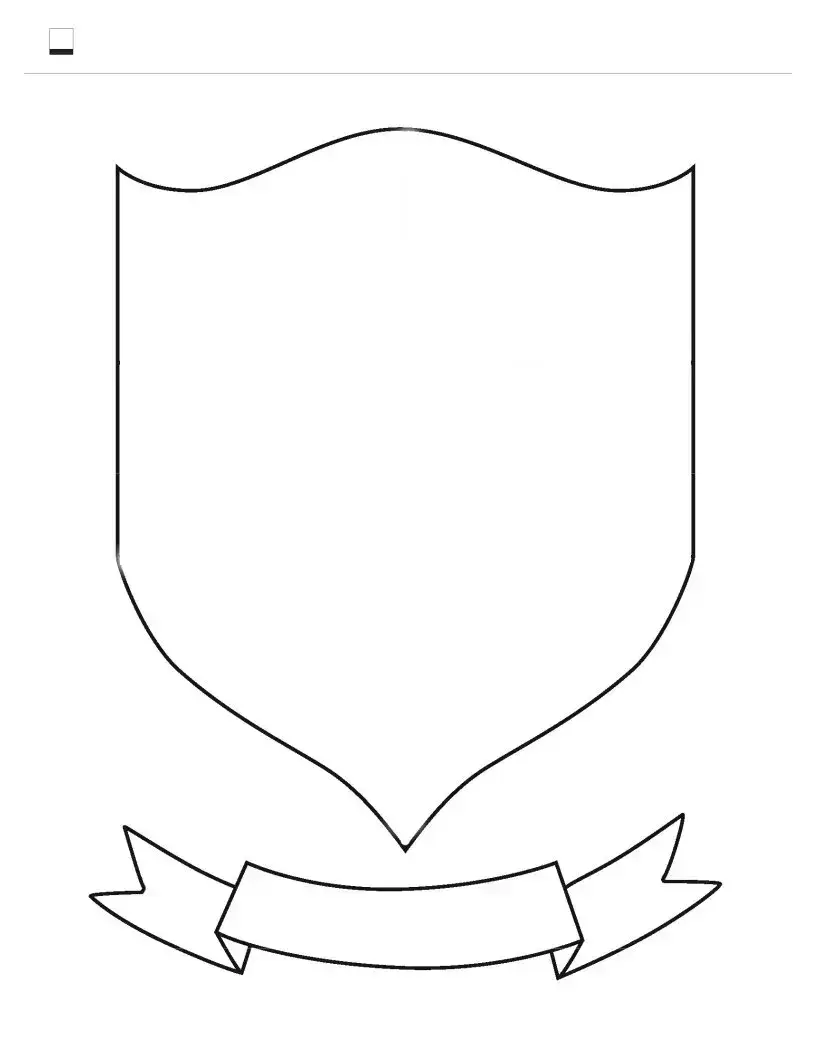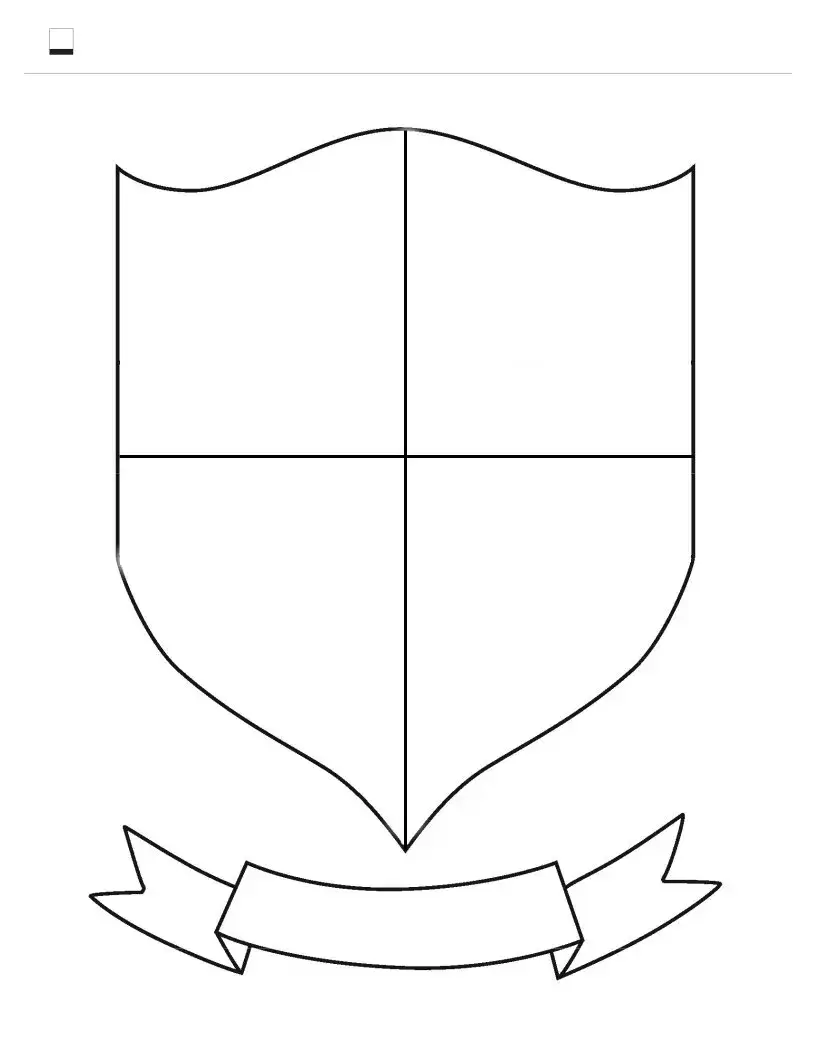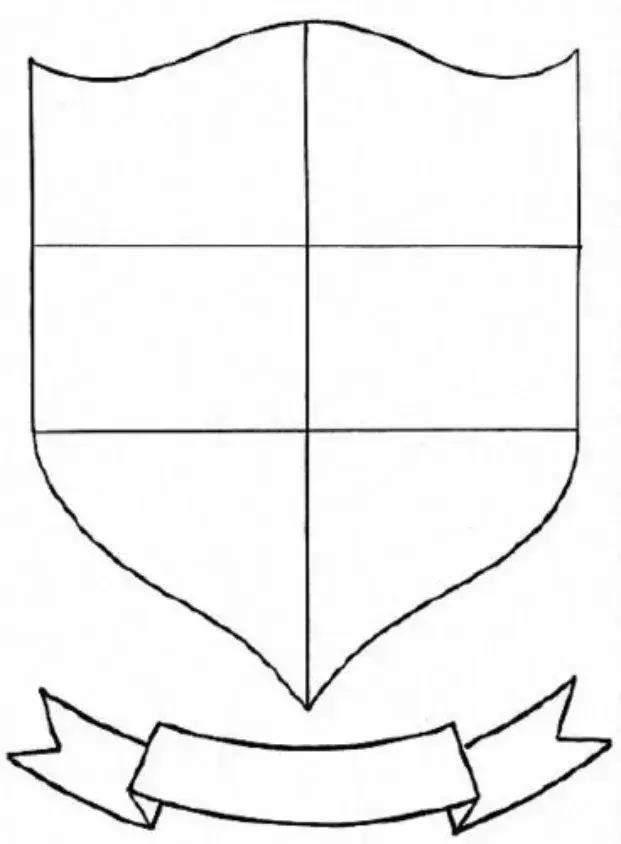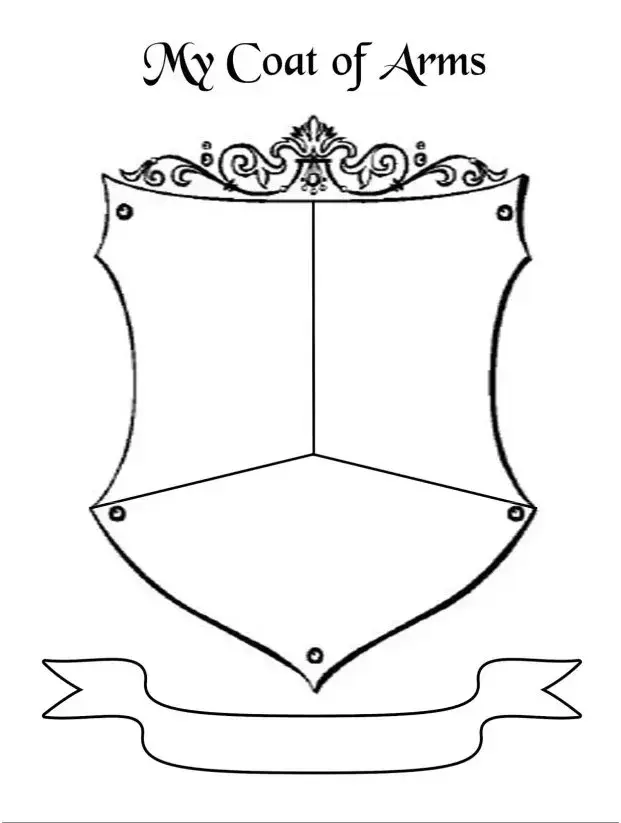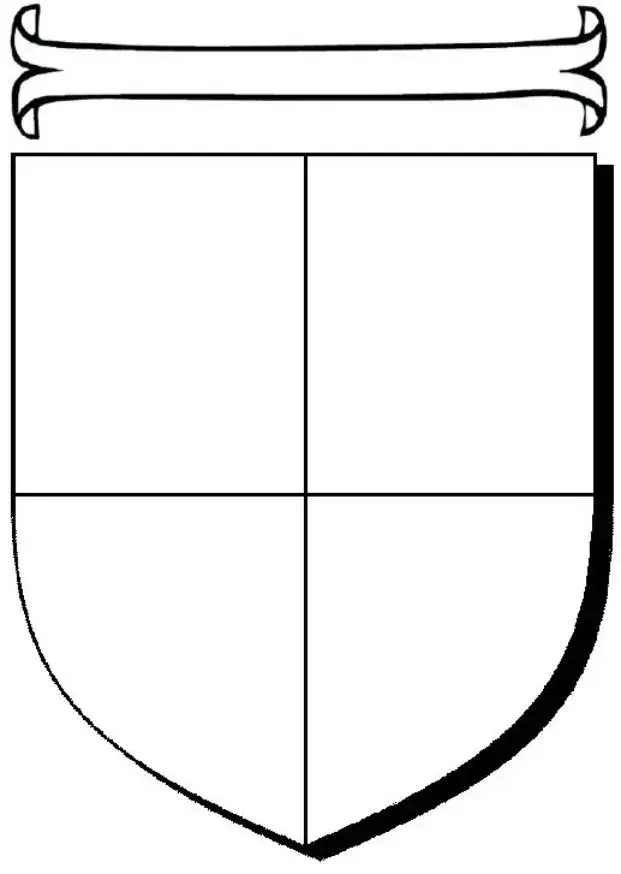When individuals set out to complete the Coat of Arms form, several common mistakes can lead to complications or delays in processing their requests. Awareness of these pitfalls can aid applicants in ensuring that their submissions are accurate and complete.
One frequent error occurs when applicants neglect to provide all required personal information. The form usually requests specific details such as full name, contact information, and sometimes even historical background related to the coat of arms. Omitting any of these details can result in a rejection of the application or a request for additional information, which can prolong the process.
Another mistake often made is failing to read the instructions carefully. Each section of the form may have specific guidelines, including word limits or formatting requirements. Ignoring these instructions can lead to misinterpretations or incomplete sections, which could hinder the approval process.
People sometimes also misinterpret the design and imagery sections. For instance, if the form asks for a description of the elements to be included in the coat of arms, applicants may provide vague descriptions or fail to specify colors and symbols. Clarity and precision are essential in conveying the intended design accurately, so vague descriptions can create confusion.
Additionally, many applicants overlook proofreading their forms before submission. Typos, incorrect names, or inaccurate information can easily slip through the cracks, leading to potential issues later on. A final review can help to catch these errors before the form is sent off.
Lastly, some individuals submit the form without appropriate signatures or necessary accompanying documents. Depending on the requirements of the application, signatures may be mandatory to validate the request. Submitting an unsigned form can lead to immediate disqualification, necessitating a resubmission.
